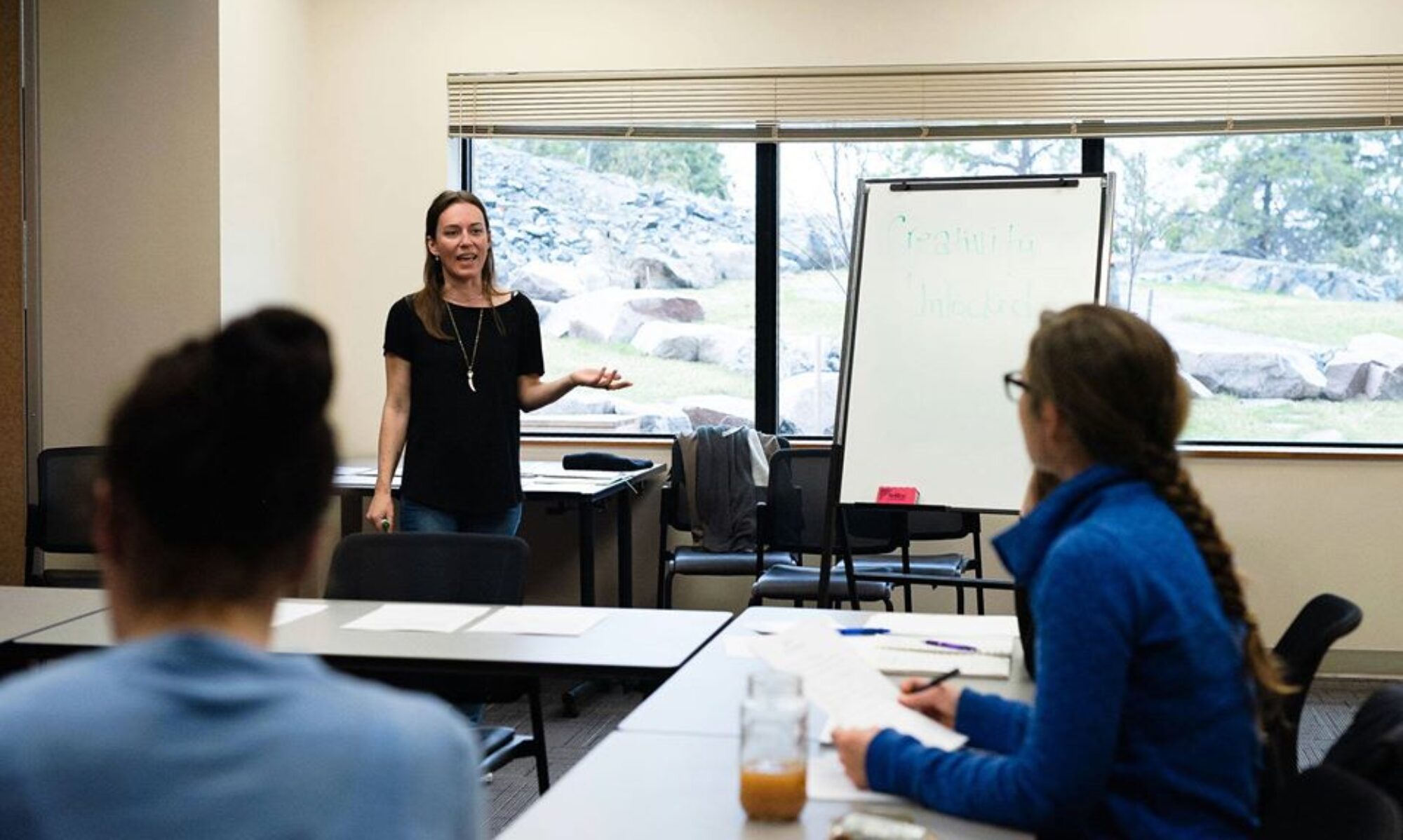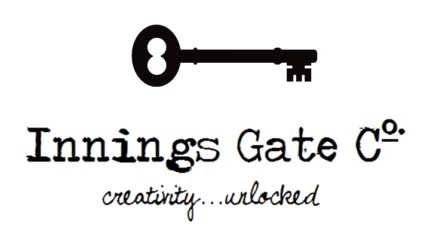Last Saturday I attended iYellow Wine Club’s Star-Studded Wine Tour of Niagara. The premise was to experience celebrity labels in the Niagara region, including the estates of Mike Weir, Dan Aykroyd, Steven-and-Chris, and Wayne Gretzky.
Our tour group met at the Starbucks in Liberty Village, around 9:30am, where we were signed in by Angela Aiello (the founder of iYellow, a take on the pronunciation her name). Enough time to grab a much-needed Earl Grey, we then boarded the coach, Gardiner-bound. It was quite a civilised ride: sun sparkles on the lake, fun music playing over the speakers, my copy of The Globe and Mail telling me all I need to know about what’s wrong with Toronto. The bus was full of a mix of people: middle-aged ladies, twentysomething boys & girls, singles and couples, friends and siblings. Ange and her organizers were fun and laid-back, bringing a casual approach to wine that is not usually there. iYellow’s mandate is to help you increase your wine confidence, and to learn about viticulture and viniculture in a fun way. Growing up in the Niagara region blessed Ange with many more years’ experience in the industry that her age would belie. And this experience, coupled with her passion for all things oenological, prevents you from being completely jealous when you find out all the amazing things her career enables her to do (such as go to Italy with Inniskillin Winery co-founder Donaldo Ziraldo).
Oh, and to also take people like me on their first wine tour of Niagara (embarrassing as it is to admit, being the self-professed gourmand that I am).
During the hour-long ride around the shore of Lake Ontario into wine country, Ange gave us some “Wine 101” lessons over the PA, such as, for those of you who weren’t aware, the VQA label on your bottle of wine means that it was made 100% from Ontario grapes. Most “Canadian” wine is actually a blend of International grapes with Canadian, because our growing climate does not allow for farmers/winemakers to keep up with our consumption demands. Until Paul Bosc (who founded Château des Charmes in 1978) figured out how to grow French grapes here, all wines made in Ontario came from concord grapes. Yes, the Welch’s kind. Makes for great juice, but great wine not so much.
In the LBCO, these International-Canadian Blends were actually labelled as Canadian, misleading the buyer. Today, you may have noticed, the shelves are now divided into Canadian and International-Canadian. Buying a blended wine is not necessarily a bad thing. The mass sales of these wines have subsidized the industry, and allowed boutique vineyards to develop (all vineyards pay a market share fee, depending on their size).
Another reason why wineries use international grapes is because a good crop season demands 100 full days of sun… something we can’t guarantee with our weather system. Ontario falls into the “cool” climate category (the other being “warm”), which makes us great for growing some wines, but not so great at others.
Wines we are known for:
– Riesling
– Sauvignon Blanc
– Chardonnay
– Pinot Noir
– Cabernet Franc
And, of course, la pièce de résistance, Icewine.
Our icewine is considered the best in the world; even though it was actually Germans who invented it. However, Germany can’t guarantee the needed growing temperatures like Ontario can. Icewine requires three days of -8 degrees before it is harvested – at night, and by hand. With the ratio of one drop of juice for every grape picked, icewine production is about 1/6th as efficient as other wines. Hence the hefty price tag. A good compromise for those with icewine cravings, without the icewine savings, would be late harvest vidal.
Niagara’s terroir is also beneficial for wine production because of the effects of the lake and the escarpment – the latter providing limestone deposits that enrich the soil and subsequently the wine with a rich mineral flavour and bouquet. Without Lake Ontario the region would be too cold to grow grapes; the lake captures warm air through the summer, holding onto it like a reservoir, and then releases it in the winter along the Niagara shoreline (where the majority of vineyards are situated). Many vineyards have invested in windmills positioned throughout the growing area (with a $30,000 price tag per unit) that circulate the warm air rising out of the soil, back down onto the grapes. Thirty thousand dollars per windmill may seem like quite an investment, but when it takes on average seven years to get good fruit out of a new vineyard, a grower is not going to let a pesky thing like the weather stop those harvests from continuing to produce.
Another advantage Ontario vineyards have is that the Niaraga-on-the-Lake region is quite flat, which enables growers to machine-pick their grapes – as opposed to the vineyards in France, for example. (Vineland region, constrastly, is hilly and subsequently has to be hand-picked.)
A lot of the grapevines grown in Niagara are actually grafted with vines from France. This is how the Californian wine industry got started too – a tidbit of info that I enjoy using in defence of New World Wines against those from Old World fans that claim we can’t compete. When I read Judgment of Paris: California vs. France and the Historic 1976 Paris Tasting That Revolutionized Wine, I learnt also that there was a bug that wiped out a lot of the French vines back in the days of yore and the way they fixed this problem was to graft their vines onto Californian vines, so technically the Old and New Worlds are so intertwined, the only real difference, it could be argued, is terroir and oak.
Most wines are aged in either French or American oak – French passing on a more subtle flavouring than its outre-mer cousin that imparts an immediate, strong bouquet and palate. These barrels are often “toasted,” the process whereby the barrel walls are charred. Sometimes the top and bottom are also toasted, which is where the phrase “toasted head” comes from. Toasting is another way of augmenting the flavour, imparting a mellow oak character to both red and white wines. Some whites are aged in stainless steel vats; although the majority of reds are aged in oak, there are some aged in stainless, such as the wines from Ontario label Naked Grape.
All wine actually starts out white when first pressed into juice from any type of grape. The colour comes from contact with the grape skins; a rosé having much less contact than a merlot.
During our “Wine 101” lessons, Ange asked us all what our favourite wines were. I was surprised by the number of tour participants that did not have a favourite varietal; quite a few of them admitted to being new to wine as a whole. Most people can tell you if they prefer red to white, but newbies often have a hard time expressing why. Ange offers a simple solution to winetasting, that she calls her “5 S’s”:
Step One: Sight
Look at the wine for colour and clarity.Step Two: Swirl
Aerate the wine, and allow oxygen to release its aroma. Also, pay attention to the “legs” of the wine: a.k.a. the way it runs down the side of the glass after you swirl. The slower the run, the higher the sugar content (on average).Step Three: Smell
Take short repetitious sniffs as opposed to deep inhales, or you may suffer “nasal fatigue”! Try to recognize some scents such as citrus fruit, berries, or spice. These elements are not actually in the wine, but the fermenting process allows the product to take on similar characteristics.Step Four: Sip
With your first sip, take in some air through your pursed lips and then use the wine as a mouthwash to cleanse your palate, getting rid of any flavours you may already have on your tongue. Never judge a wine on its first sip!Step Five: Savour
Think about the wine you are drinking; it’s not water, and not meant to be glugged down. Savour it, and consider how you feel about it. Would you drink it again? Buy it? Recommend it to your friends? Pair it with a special meal?
Ange’s philosophy is you don’t have to know everything about wine, you just have to know what you like.
A Star-Studded Wine Tour of Niagara continues in Part Two…

